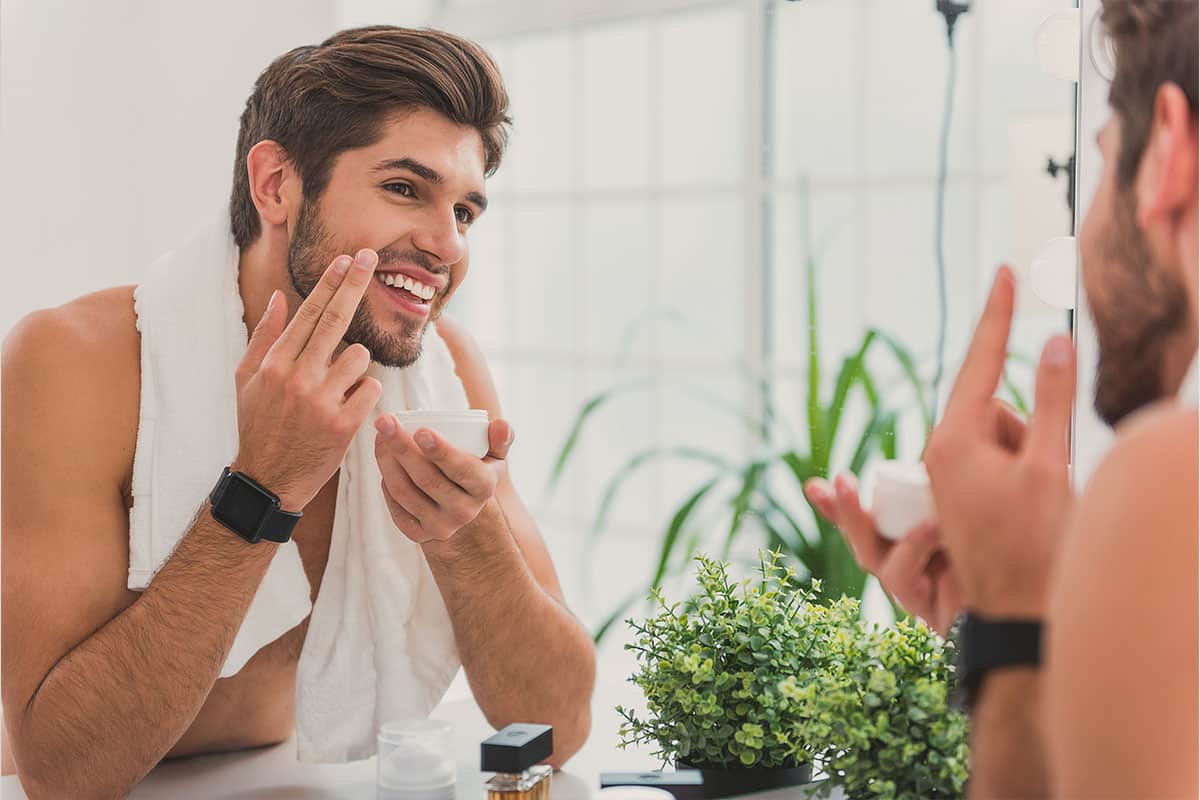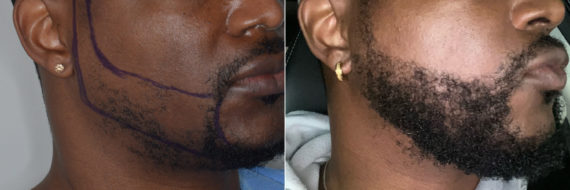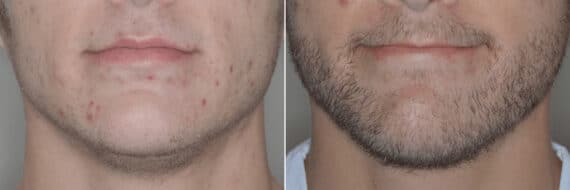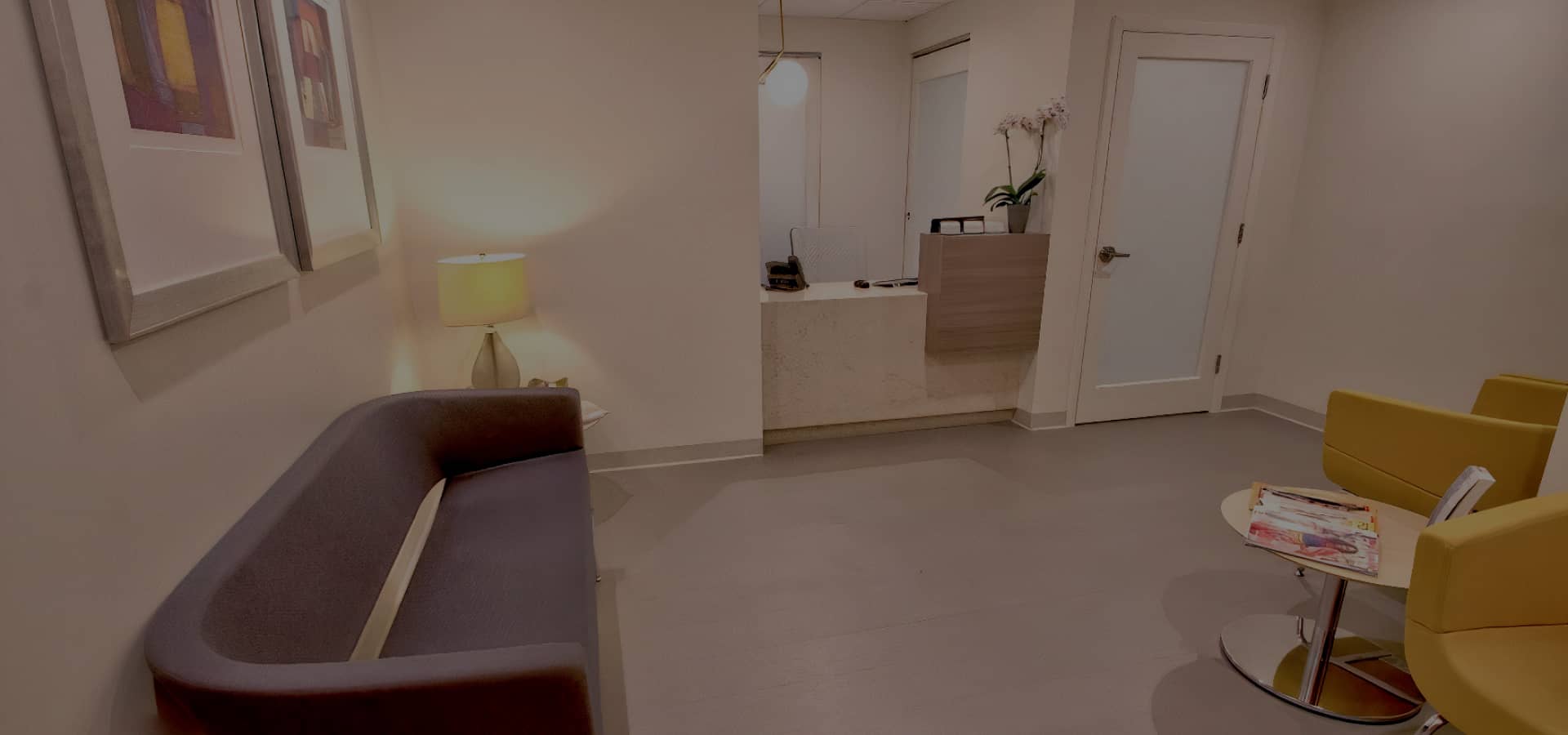Getting a beard transplant is just the first step towards your new look – proper aftercare is crucial for nurturing and maintaining your freshly grown facial hair. In this blog post, we’ll dive into the world of beard transplant aftercare and explore all the essential tips and tricks to help you rock your new manly mane. So get ready to transform from baby-faced to bearded perfection with our expert advice!
Why Proper Aftercare is Crucial
Beard transplant surgery has become increasingly popular, offering a solution for those seeking a fuller, more defined beard. The success of this procedure relies not only on the skill of the hair transplant surgeon but also on effective aftercare. The healing process post-surgery is crucial in determining the final outcome of your beard transplant.
The period following your beard transplant procedure is critical for ensuring the transplanted hair follicles properly take root and grow. Proper aftercare minimizes the risk of infection and other potential side effects, ensuring the donor region heals well, and the beard hair grows as expected.
Understanding the Beard Transplant Recovery Process
The recovery process following a beard transplant is a journey that requires patience and careful attention. It’s important to understand what to expect at each stage of recovery to ensure a successful beard transplant.
The First Week: Immediate Post-Op Care
In the first few days post-transplant, the focus is on reducing swelling and preventing infection. The beard area clean must be kept, and you may be advised to apply an antibiotic ointment. It’s common to experience some redness, itching, or swelling, which are common side effects of the surgical procedure.
Weeks 2-4: Noticeable Changes and Precautions
During this period, the transplanted hair follicles start to settle into their new location. You might notice some shedding of the beard hair, which is a normal part of the beard transplant timeline. This phase requires gentle washing and avoiding scratching or rubbing the area to prevent dislodging the follicular units.
Months 1-3: Hair Growth and Maturation
By this stage, the initial beard loss post-surgery will have subsided, and you will start to see the beard regrowth process taking effect. The density of beards will gradually increase, and the transplanted hair will begin to blend seamlessly with your existing facial hair.
Key Components of Beard Transplant Aftercare
Effective aftercare involves several key components that contribute to the healing process and the success of your beard restoration procedure.
Hygiene Practices for Optimal Healing
Keeping the beard hair clean and the skin underneath it free from infection is paramount. Gentle beard washing with warm water and a bubbly solution recommended by your surgeon is vital. Avoid high water pressure directly on the beard area to prevent dislodging the beard hair grafts.
Managing Swelling and Discomfort
Swelling is a common effect after a beard transplant, but it can be managed with ice packs and prescribed medications. It’s important to follow your surgeon’s advice on how to minimize discomfort during the beard transplant recovery process.
Diet and Nutrition for Enhanced Recovery
A balanced diet rich in vitamins and minerals supports the healing process. It’s advisable to avoid alcoholic beverages and smoking during the recovery phase, as these can have adverse effects on the healing process.
Bear Transplant Outcomes
Before & After Photos
Each patient is unique and individual results may vary*.
Activities to Avoid During Beard Transplant Recovery
Certain activities can impact the recovery process and should be avoided or modified during the beard transplant recovery period.
Physical Exertion and Exercise Considerations
Strenuous activity and physical exercise should be limited in the weeks following your beard implant operation. This precaution helps in avoiding excessive sweating and strain on the facial skin, which could disrupt the healing process.
Sun Exposure and Outdoor Activities
Direct sun exposure can be harmful to the healing skin and newly transplanted follicles. Wearing a hat or avoiding prolonged outdoor activities in direct sunlight is recommended during the first couple of months post-transplant.
Regular Check-ups and Follow-up Care
Post-operative care is a vital aspect of the beard transplant process. Regular check-ups with your beard transplant expert ensure that the recovery is on track and any complications are addressed promptly.
The Role of Post-Op Appointments
These appointments allow your surgeon to monitor the healing of the transplanted area and the donor region, ensuring the recovery is proceeding as expected.
When to Seek Medical Advice
If you notice any unusual symptoms or potential side effects such as excessive swelling, pain, or signs of infection, it is crucial to seek medical advice immediately. Your surgeon will provide guidance on how to manage any complications.
Tips for a Smooth Recovery
Here are some additional tips to ensure a smooth and effective recovery from your beard transplant procedure.
Sleep and Rest: Maximizing Healing
Adequate rest is essential for the body’s healing process. Ensure you get enough sleep and rest in a comfortable position to avoid putting pressure on the transplanted area.
Stress Management and Its Impact on Healing
High-stress levels can negatively affect the body’s ability to heal. Engaging in relaxing activities and stress management techniques can be beneficial during the recovery phase.
Hydration and Its Importance in Recovery
Staying hydrated is key for overall health and aids in the healing process. Ensure you drink plenty of water to support your body’s recovery.
Gentle Cleansing Techniques for the Transplanted Area
Using a gentle, non-irritating cleanser and carefully patting the area dry rather than rubbing it can help maintain the integrity of the transplanted follicles and promote healing.
Understanding and Managing Potential Complications
After a beard transplant surgery, being aware of and promptly addressing any potential complications is crucial for a successful outcome.
Common Side Effects and How to Address Them
It’s normal to experience some itching, redness, and swelling. These are common side effects that usually subside within a few days. Using cool compresses and following your surgeon’s advice on medications can alleviate these symptoms.
Signs of Infection or Unusual Symptoms
Any signs of pus, severe pain, or excessive redness should be brought to your surgeon’s attention immediately. These could be indications of an infection that requires prompt treatment.
The Long-term View: Maintaining Your New Beard
A successful beard transplant leads to permanent results. However, maintaining the health and appearance of your new beard requires ongoing care.
Grooming and Styling
Once fully healed, you can treat your transplanted beard hair like your natural beard hair. This includes trimming, styling, and using beard care products. However, it’s advisable to wait until your surgeon confirms that your beard has completely healed before using any beard oils or other products.
Long-term Expectations
The final results of a beard transplant are typically seen several months post-procedure. The transplanted hair will mature, and the beard density will increase over time, leading to a natural and fuller appearance.
Follow-up Care
Regular follow-ups with your surgeon or dermatologist can help monitor the progress of your beard growth and address any concerns that may arise in the long term.
The Journey from Recovery to Confidence
The beard transplant recovery process is a journey that leads to a more confident and satisfying appearance. With proper aftercare, a successful beard transplant can significantly enhance your facial hair’s density and style.

Embracing Your New Look
The successful completion of the beard transplant recovery process marks the beginning of a new chapter in your life. With your new, fuller beard, you can enjoy the confidence and satisfaction that comes with achieving the desired look.
The Role of Patience and Care
Remember, patience and diligent care are key to ensuring the best results from your beard transplant. By following the guidelines provided by your beard transplant expert and taking good care of your new beard, you can enjoy the benefits of this life-changing procedure for years to come.
In conclusion, a beard transplant can be a transformative experience. With the right care, attention to detail, and follow-up, you can achieve the beard you’ve always desired. Trust in the process, adhere to the aftercare instructions and watch as your new beard becomes a defining feature of your style and confidence.
To experience the life-changing benefits of a beard transplant, trust in the expertise of Dr. Bared in Miami. Take the first step towards your desired beard by scheduling a consultation today. Embrace your new look and confidence with proper aftercare. Contact Dr. Bared for exceptional results that will redefine your style.




